 Forrest City Riot Article
Forrest City Riot Article
Entry Type: Event - Starting with F
 Forrest City Riot Article
Forrest City Riot Article
Forsyth, Missouri, to Batesville, Scout from
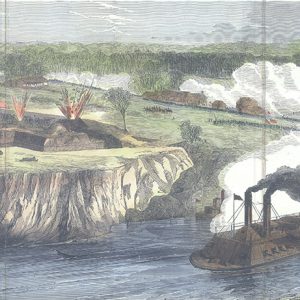 Fort Hindman Attack
Fort Hindman Attack
 Fort Pillow, First Position
Fort Pillow, First Position
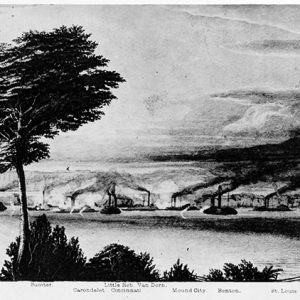 Fort Pillow, Third Position
Fort Pillow, Third Position
Fort Pinney to Kimball’s Plantation, Expedition from
Fort Smith Conference (1865)
Fort Smith Council
Fort Smith Expedition (November 5–16, 1864)
Fort Smith Expedition (November 5–23, 1864)
Fort Smith Expedition (September 25–October 13, 1864)
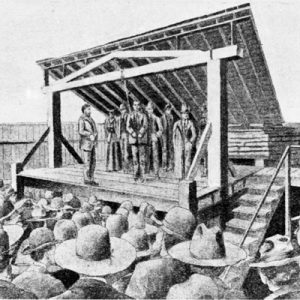 Fort Smith Hanging
Fort Smith Hanging
Fort Smith Schools, Desegregation of
Fort Smith Sedition Trial of 1988
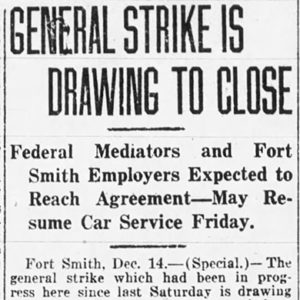 Fort Smith Strike Article
Fort Smith Strike Article
Fort Smith Telephone Operators Strike of 1917
Fort Smith Tornado of 1898
Fort Smith, Abandonment of
Fort Smith, Action at
Fort Smith, Affair at
Foster, Thomas P. (Killing of)
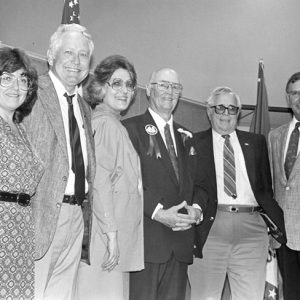 Bill Foster Roast
Bill Foster Roast
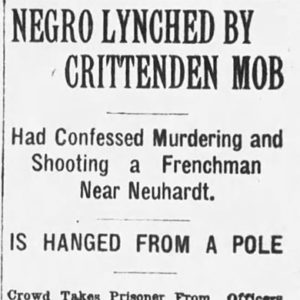 Warren Fox Lynching Article
Warren Fox Lynching Article
Fox, Warren (Lynching of)
Franklin, Connie (Alleged Murder of)
Franklin, Monroe (Lynching of)
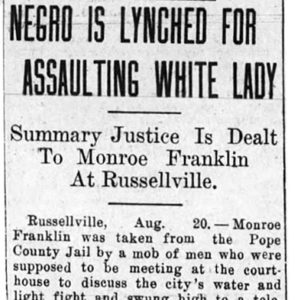 Monroe Franklin Lynching Article
Monroe Franklin Lynching Article
Frederick, Bart (Lynchings Related to the Murder of)
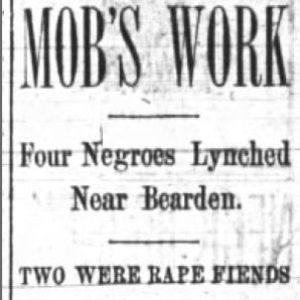 Frederick Lynching Article
Frederick Lynching Article
Freedom Rides
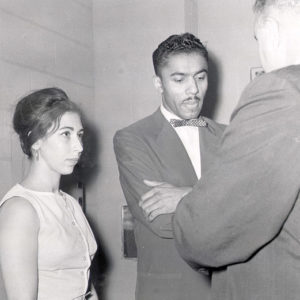 Freedom Rides
Freedom Rides
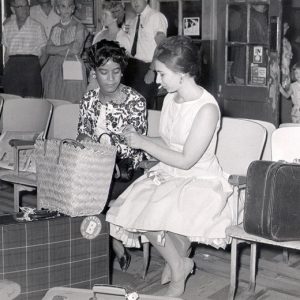 Freedom Rides
Freedom Rides
Freeman and Custis Red River Expedition
aka: Freeman Red River Expedition
aka: The Grand Excursion
Frog Bayou Expedition
Frog Bayou, Skirmish at (March 19, 1863)
Front Porch Stage
 Front Porch Stage Audience
Front Porch Stage Audience
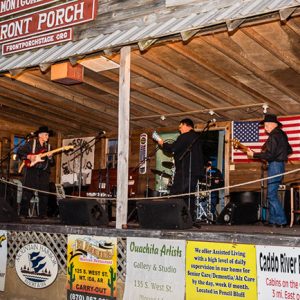 Front Porch Stage
Front Porch Stage
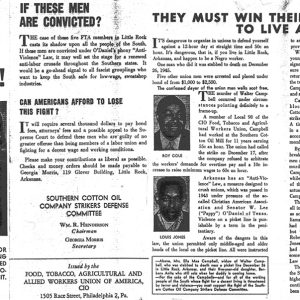 FTA Pamphlet
FTA Pamphlet
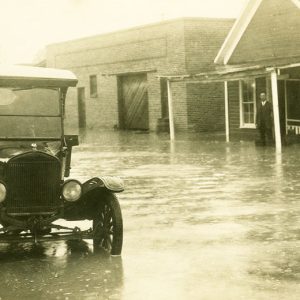 Fulton 1927 Flood
Fulton 1927 Flood
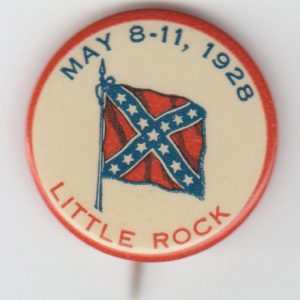 Fundraising Button
Fundraising Button
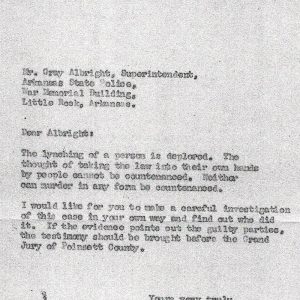 Futrell Letter
Futrell Letter




